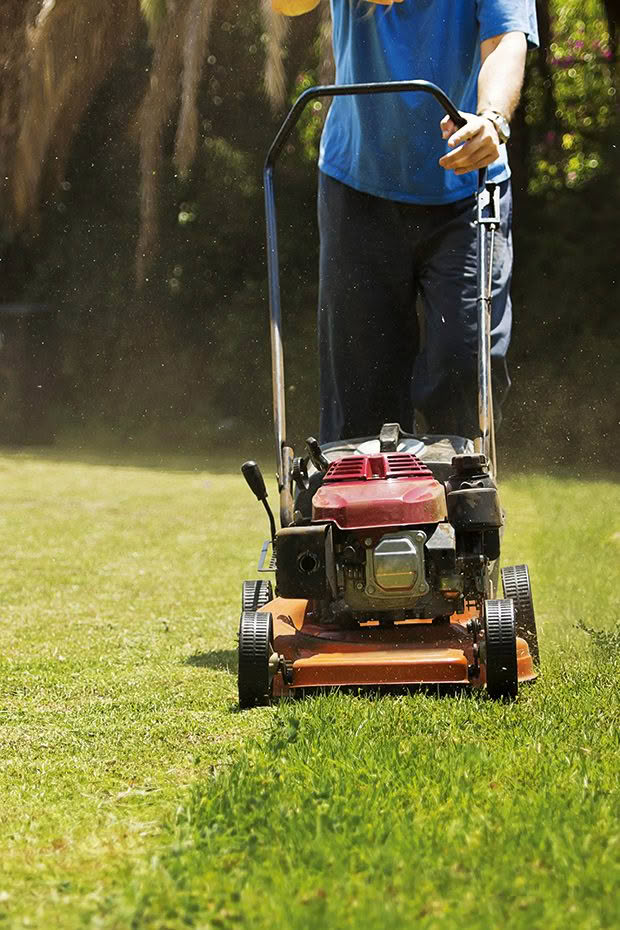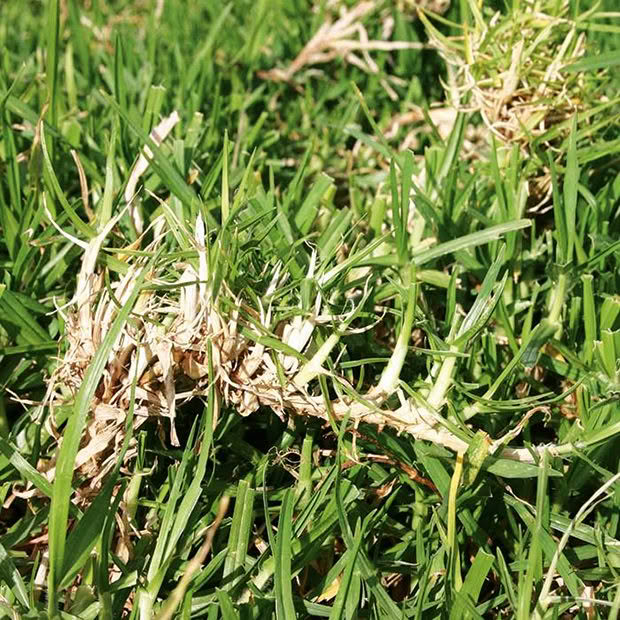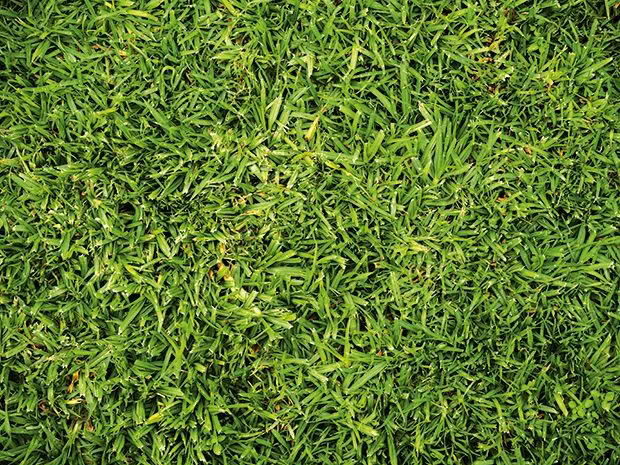How to control kikuyu

It’s the undisputed bane of many blocks, smothering pastures and strangling gardens. However, kikuyu can be useful if controlled effectively.
Words: Michael Andrew
There are few block owners who would enthusiastically welcome an incursion of kikuyu on their blocks. It grows fast and thick in wet weather, suppresses other grasses and smothers seedlings. It also isn’t very useful as a winter feed, which is a shame; it’s so widespread in parts of New Zealand such as Northland that it’s become synonymous with any kind of farming in that region.
Kikuyu grows and regenerates through its rhizomes, which makes it notoriously difficult to control – even through the application of herbicides.
And while any mention of the grass is likely to make a Northland block owner shudder, there are a few positive aspects of kikuyu that make it useful in the right circumstances.
• Drought resistance: kikuyu can endure long, dry spells better than other pasture grasses. This also makes it very useful as a lawn grass.
• Low facial eczema risk: because kikuyu carries low spore counts of the fungus Pithomyces chartarum, it presents a lower risk of facial eczema and grass staggers.
• Insect resistant. Kikuyu is resistant to pests such as slugs and crickets.
However, keeping kikuyu under control is still critical. The method depends on where it’s growing on your block.
PASTURES

While kikuyu’s drought-resistant qualities make it a useful feed option during the summer, it dies out quickly following a frost, which makes it unviable during the autumn and winter. The key to getting the best out of it depends on changing to ryegrass-dominant pastures in the autumn and winter through a programme of mulching and drilling Italian ryegrass into the kikuyu. To do this, farmers and block owners should maintain the following:
• Appropriate grazing pressure. This will keep kikuyu down to a manageable height over the warmer months. It’s important to concentrate enough animals in the target area. Dairy NZ suggests a pressure of between 2.5 and 3.2 cows per hectare.
• 20 to 40% of ryegrass-dominant pastures. This gives your pasture higher nutritional value, while preparing for the autumn-winter changeover.
• Mulching and undersowing. Mulching will improve the feed quality and allow the ryegrass to emerge. Use a mulcher with vertical blades and cut to 0.5cm height so that kikuyu stems and stolons (the lush tendrils) are cut.
LAWNS

While kikuyu’s drought resistance makes it an excellent choice for lawns, it needs special attention to keep it tidy and ensure it doesn’t grow out of control.
• Mow to a height of 1.5cm during summer. While you don’t want to cut this too short too often, kikuyu will grow faster during wetter weather, so you may need to increase your mowing days.
• Smother with black plastic if the grass is unwanted or encroaches beyond its designated area. While herbicides are the weapons of choice for most people, laying sheets of black plastic throughout the summer will kill large swathes of kikuyu, allowing you to pull much of it out by hand without using chemicals.
Love this story? Subscribe now!
 This article first appeared in NZ Lifestyle Block Magazine.
This article first appeared in NZ Lifestyle Block Magazine.
